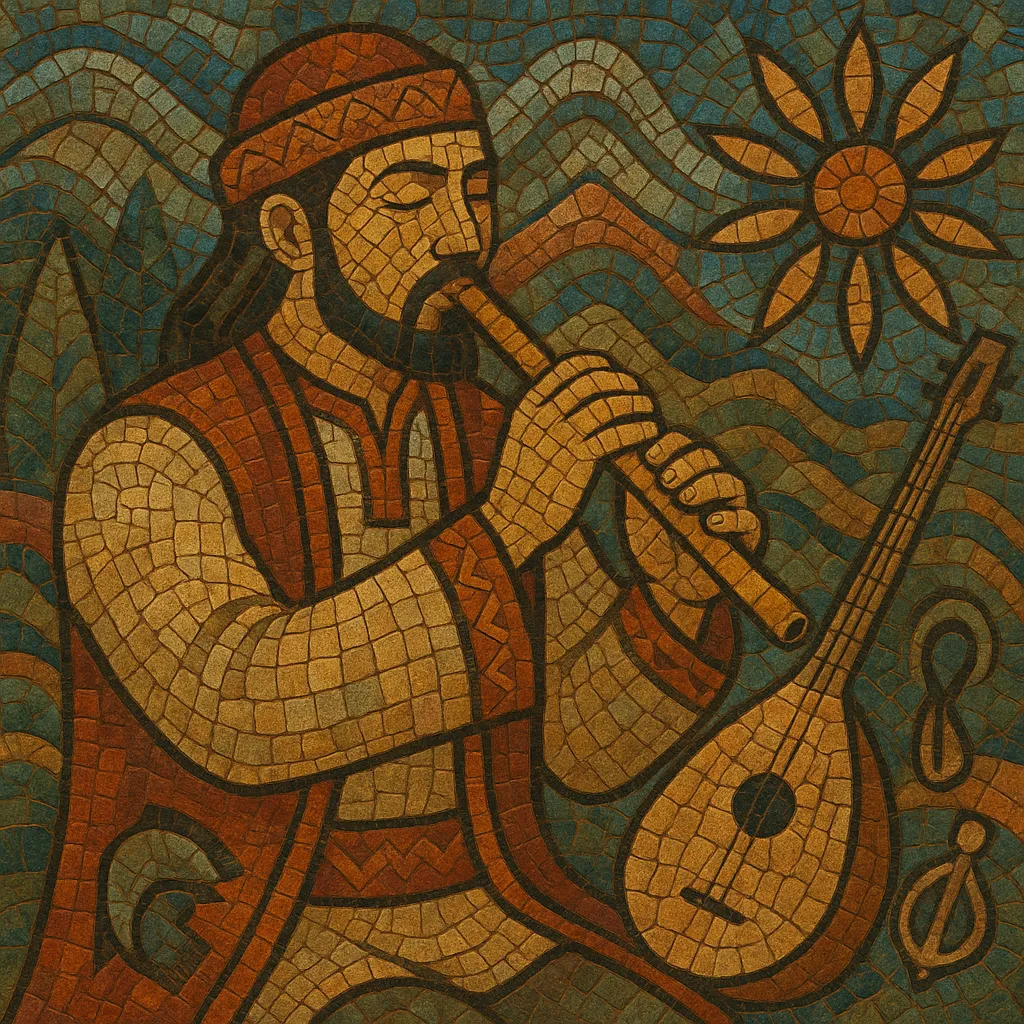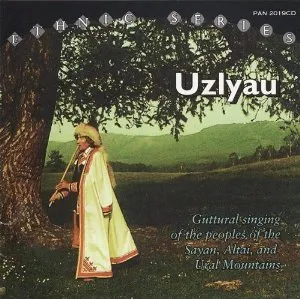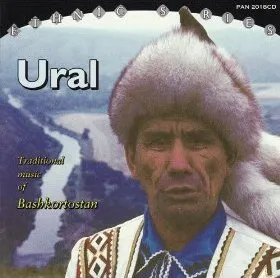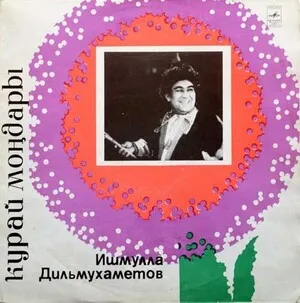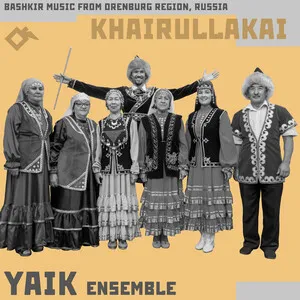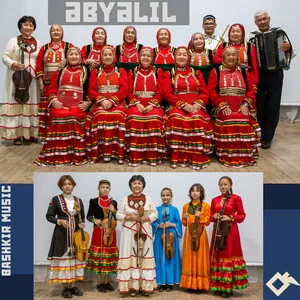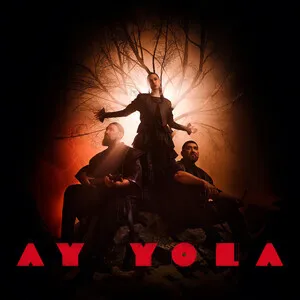Bashkir folk music is the traditional music of the Bashkir people of the southern Urals (modern Bashkortostan, Russia). It is centered on expressive solo singing and distinctive wind and jaw-harp timbres, with the end-blown reed flute called the quray (kurai) serving as a national symbol.
Two core vocal types are recognized: uzun-küy ("long-song"), featuring expansive, melismatic lines, free rhythm, and wide ambitus; and kyskak-küy ("short-song"), which is more syllabic, dance-oriented, and strophic. Instrumental küy ("tunes") for quray, kubyz (jaw harp), and dumbyra/dombra (long-neck lute) are also central. Modal pitch collections are frequently pentatonic or mode-like (often anhemitonic), with drones and heterophonic textures common in ensemble practice.
Texts and performance practice reflect nomadic and pastoral lifeways—nature, horses, mountains, heroic epics (e.g., Ural-batyr), love, work, and ritual. The vocal style favors open-throated projection, flexible tempo, and ornate ornaments; the quray’s breathy timbre and the kubyz’s buzzing overtones create a unique sonic identity.
Bashkir folk music developed within the lifeways of a Turkic people living between forest-steppe and mountain steppe zones of the southern Urals. Its earliest layers predate written documentation, circulating through the bardic sesen tradition (oral poet-singers), ritual practices, work songs, and epic narratives. The core idioms—uzun-küy (long songs), kyskak-küy (short, dance songs), and instrumental küy—formed around voice, quray (end-blown flute), kubyz (jaw harp), and long‑neck lutes.
From the medieval period through the early modern era, Islam spread across the region, bringing Qur’anic recitation and Islamic modal aesthetics that subtly shaped melodic sensibility. Trade and contact with Volga-Ural neighbors (especially Tatars) encouraged shared forms and scales while preserving distinctly Bashkir timbres (quray, kubyz) and vocal technique.
Under the Russian Empire and into the early Soviet period, scholars and folklorists began notating and recording Bashkir songs and epics. This scholarship helped codify the category names (uzun-/kyskak‑küy), distinguish regional styles, and preserve epic materials. Professional ensembles were founded, and folk melodies entered pedagogical and concert settings.
During the USSR, state ensembles, philharmonic societies, and radio orchestras curated repertories of Bashkir music for stage performance. Accordion (bayan), violin, and choral forces were integrated alongside quray and kubyz, yielding arranged, harmonized versions suitable for theaters and festivals while fieldwork continued to document village practice.
Since the 1990s, a revival in ethnic identity and cultural policy has encouraged apprenticeships in traditional instruments, renewed solo vocal traditions, and community festivals. Parallel trends include ethno-rock/folk-rock projects and world-music fusions that foreground quray and kubyz timbres while preserving the characteristic long-song melismas and modal color.

